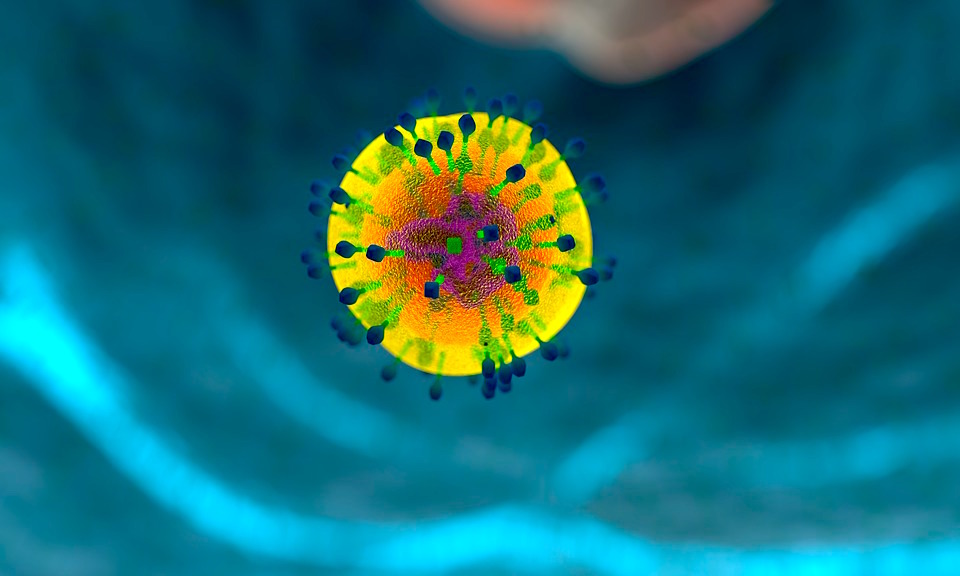
The Multicellular Origin of Cancer and the Evolution of Oncogenesis: Part 1
PART 1: Abstract
Cancer cells are the result of the multi-step, multi-dimensional and multi-generational process of oncogenesis, but they are never the products of cellular transformation. When a stem cell divides, asymmetrically or symmetrically, it produces two new (new generation) cells, a differentiated daughter cell and a daughter which is a parent-identical stem-cell, or two identical daughter stem cells, respectively. In either case, the daughter cells, differentiated or parent-identical, have their own individuality and character. A daughter cell is not a transformed parent cell; it has its own cellular identity, genotype and phenotype although it carries its parent’s genotypical and phenotypical features. In today’s oncology research literature the term cellular transformation, which only technically refers to neoplastic cellular changes, is unintentionally amiss, but scientifically delusive; it implies a solitary cellular reign that misleadingly suggests a single cell origin for oncogenesis. The term has never been used to literally mean tissue transformation, yet in point of fact it fatefully describes and invariably reveals tissue transformation which, as a term, must practically replace the term cellular transformation.
In any living multicellular organism, whose multicellular existence and functionality is totally based on intercellular subsistence, a multicellular act or happening is absolutely impossible to start with or from a solitary cell action. In multicellular organisms, in vivo, malignant neoplasms, including leukemias, which all are the products of highly organized cellular teamwork from the very beginning, never arise from single cells; they arise from groups of cells.
Copyright © 2014-2016 M. M. Karindas, MD
Tag:cancer, Karindas, Karindas Grade, KGS, oncogenesis, oncology, tumor



